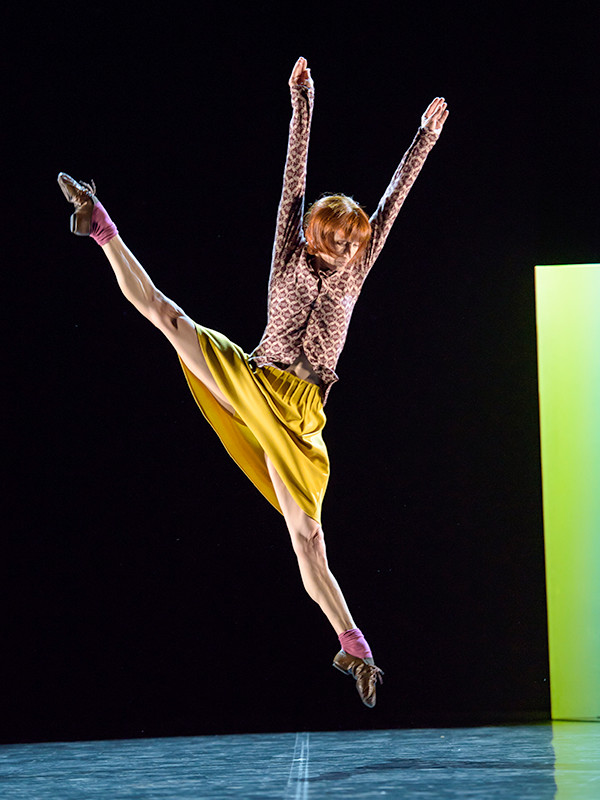
Photoï¼Bill Cooper
Bye
| Choreographyï¼ | Mats Ek |
| Musicï¼ | Ludwig van Beethoven Piano Sonata No.32 In C Minor Op.111Arietta |
Sylvie Guillem
First performed in Stockholm in 2010, then in Tokyo the following year, AJÃ (Bye) is a solo dance created for Guillem and choreographed by modern ballet wunderkind Mats Ek. Guillem amazes the audience with superhuman movements too numerous to count as she appears to toy on stage with video images of herself. The dance depicts one woman's spiritual development through a personal dialectic, concluding with uplifting emotional revelation. The title overlaps with Guillem's own farewell, suggesting that there will be hardly a dry eye in the theater.
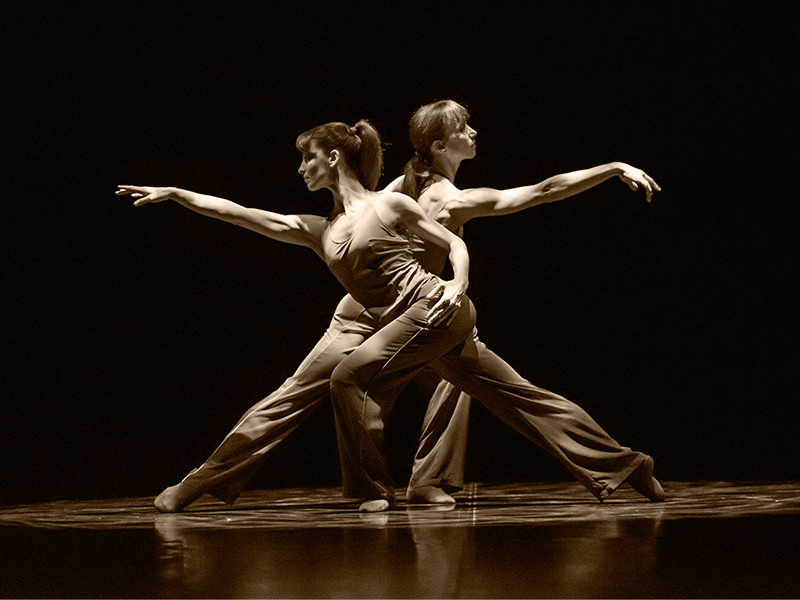
Photoï¼Bill Cooper
Here & After
| Choreographyï¼ | Russell Maliphant |
| Musicï¼ | Andy Cowton |
Sylvie Guillem, Emanuela Montanari
Guillem commissioned choreographer Russell Maliphant to collaborate on this new dance in the Life in Progress program--the first time for them to work together since Laurence Olivier Award-winning Broken Fall. The pas de deux between two female dancers is a first for Guillem. Maliphant's exemplary dances are energetic, yet leave an impression of tranquility. Here & After is no different, starting from the delicate movements of two female dancers, then gradually growing more dynamic by turns.
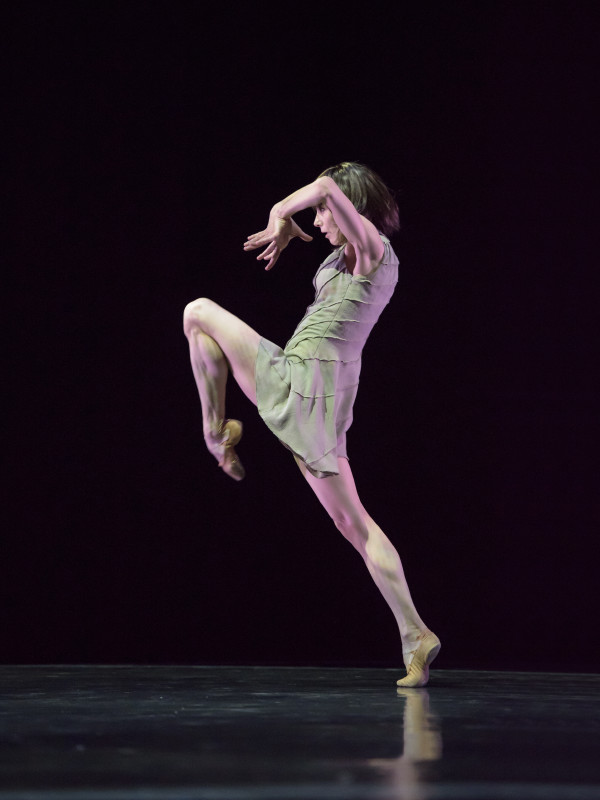
Photoï¼Bill Cooper
Technê
| Choreographyï¼ | Akram Khan |
| Musicï¼ | Alies Sluiter |
Sylvie Guillem
It was little surprise that Guillem chose Akram Khan, her collaborator from Sacred Monsters, to create a new work for her farewell tour. Khan has garnered international acclaim for his unique dances based on classical Indian Kathak dance, known for its nimble turns. The up and coming Khan was also the choreographer for the London Olympics' Opening Ceremony. With technê, Khan's characteristic movements are utilized, while Guillem's ecological concerns were the motivation behind creating the work. The opening scene illuminates a lone tree, bereft of life. Guillem dances around the tree, imploring over an unnamed subject.
Duo (new 2015 version)
| Choreographyï¼ | William Forsythe |
| Musicï¼ | Thom Willems |
Brigel Gjoka, Riley Watts
A duet with male dancers, choreographed by Forsythe. The pair dance in silence with similar, yet subtly different movements.
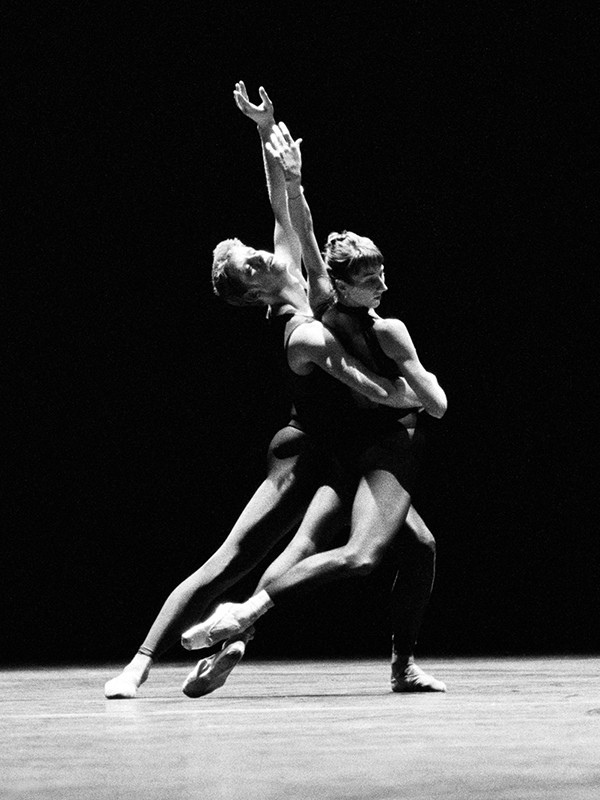
Photoï¼Dominik Mentzos
In the Middle, Somewhat Elevated
| Choreographyï¼ | William Forsythe |
| Musicï¼ | Thom Willems ((in collaboration with Les Stuck) |
The Tokyo Ballet Premiere
First staged by the Paris Opera Ballet in 1987, then incorporated as one of the discrete parts of the four-act Impressing the Czar the following year, the work showcases poses with impact and power, sharp lines stretching to their limit, bold and scintillating technique from classical dance, and ferocious energy switching directions instantly. This will be the first staging by the Tokyo Ballet, motivated by Guillem's advice that the Tokyo Ballet include works by Forsythe. The illustration is from the staging by Ballet Frankfurt.
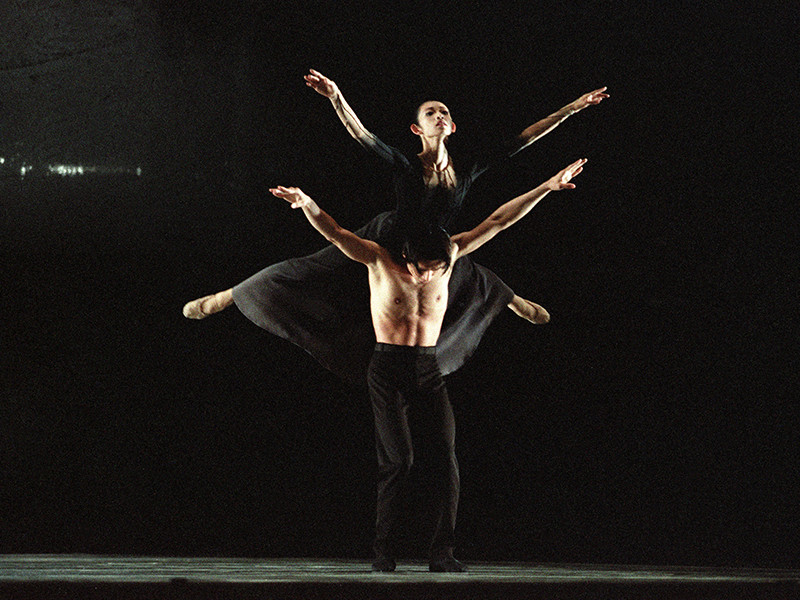
Photoï¼Kiyonori Hasegawa
Dreamtime
| Choreographyï¼ | Jiri Kylian |
| Musicï¼ | Toru Takemitsu |
The Tokyo Ballet
For Dreamtime's music, Kylian turned to Toru Takemitsu, a composer he has deeply respected from some time. Attending an Aboriginal music ceremony on Groote Eylandt in Australia's Northern Territory left the two artists with a sacred experience that produced this work, whose title refers to folklore handed down by the Aborigines from generation to generation. This will be the first performance of Dreamtime in 15 years.